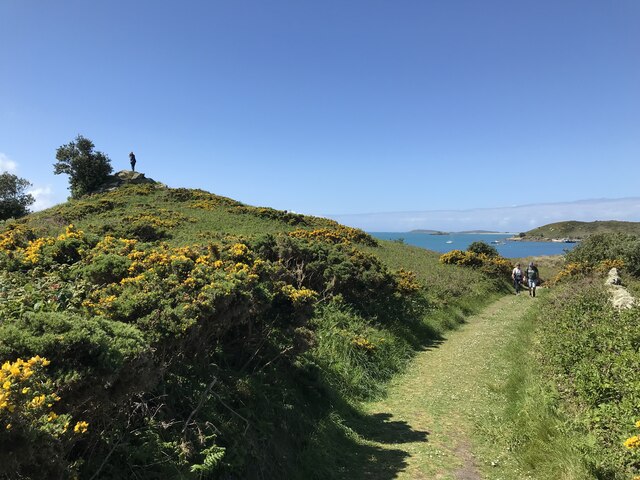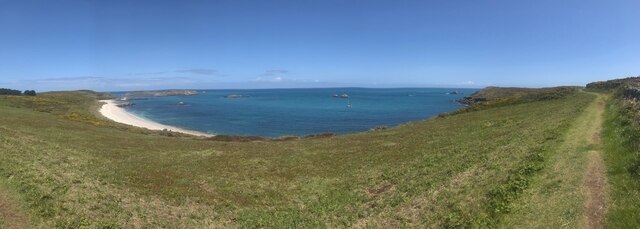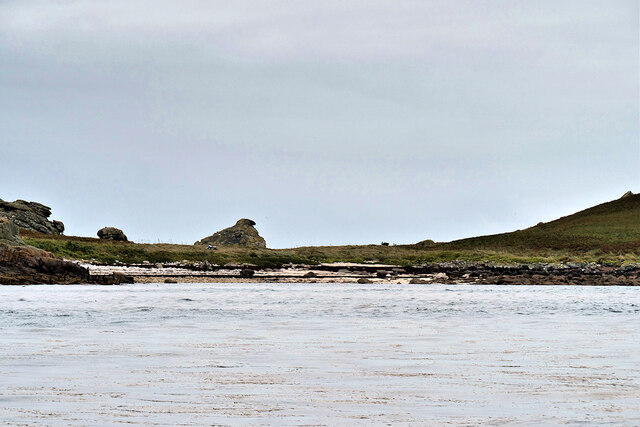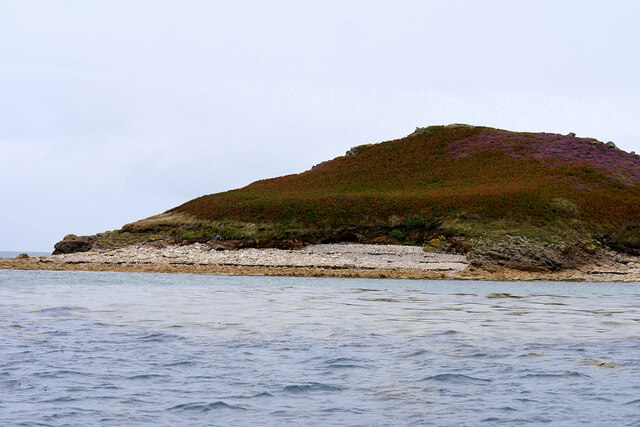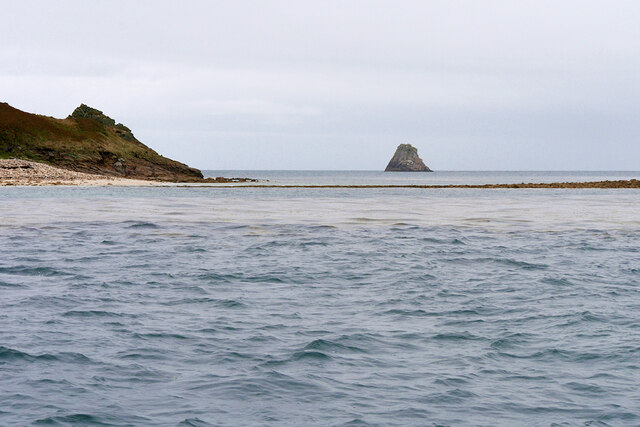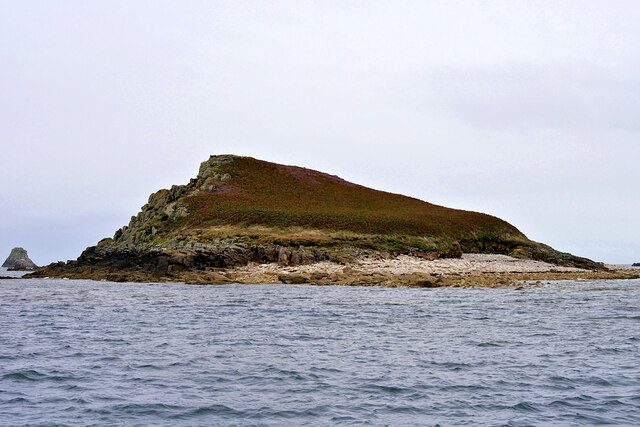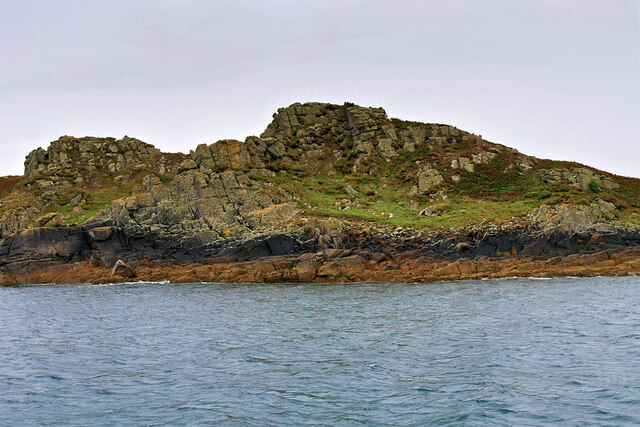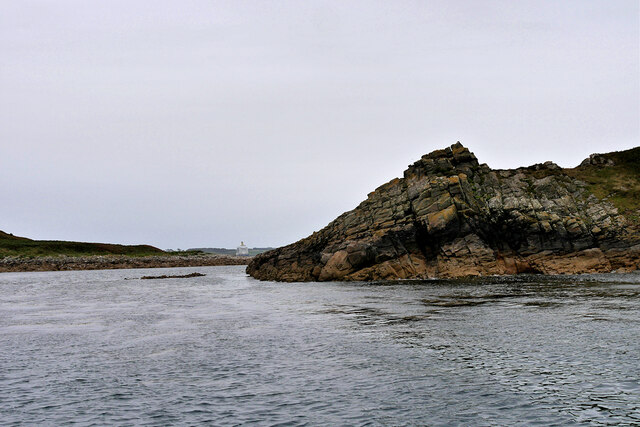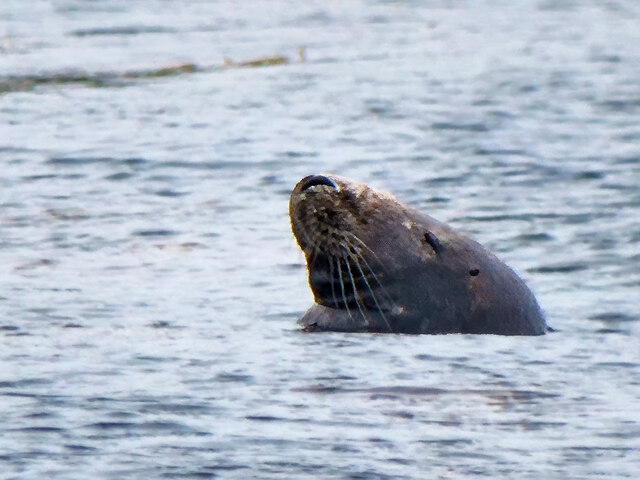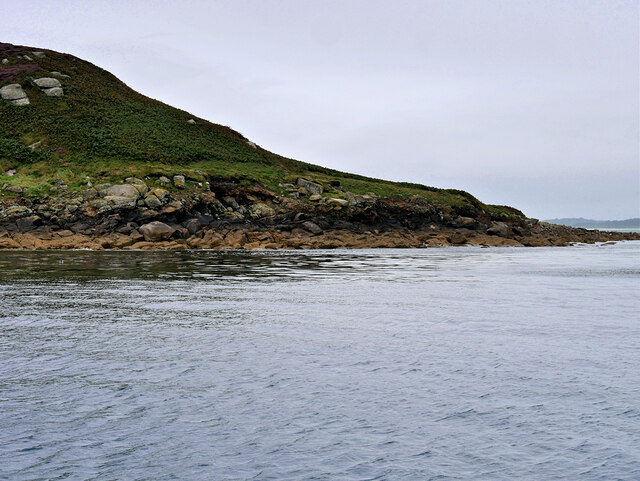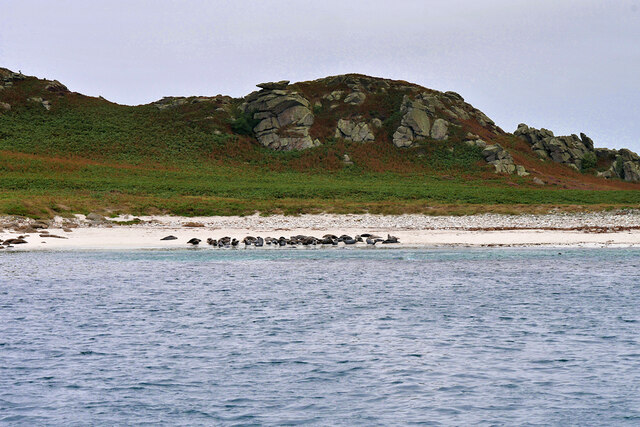Popplestone Corner
Coastal Feature, Headland, Point in Cornwall
England
Popplestone Corner
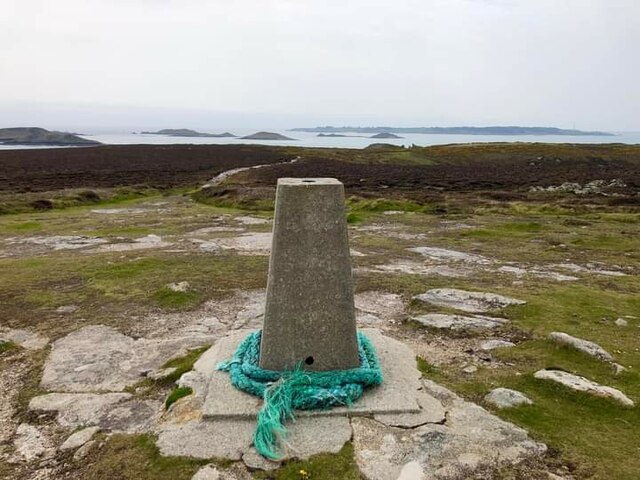
Popplestone Corner is a prominent coastal feature situated in Cornwall, England. It is a stunning headland that juts out into the Atlantic Ocean, forming a distinct point along the coastline. The headland is located in the southern region of Cornwall, near the town of St. Ives.
This captivating coastal feature is characterized by its rugged cliffs, which rise dramatically from the sea, providing breathtaking panoramic views of the surrounding area. The cliffs are composed of granite and exhibit unique geological formations, making them a popular attraction for geologists and nature enthusiasts alike.
Popplestone Corner is also renowned for its diverse wildlife. The cliffs provide a habitat for a variety of seabirds, including gannets, puffins, and razorbills. Visitors can often witness these birds soaring gracefully above the crashing waves, creating a picturesque scene.
The headland is accessible via a well-maintained coastal path, which winds its way along the cliffside. This path offers visitors the opportunity to take leisurely walks while admiring the stunning coastal scenery. It also provides access to several secluded coves and beaches that are perfect for sunbathing and swimming during the warmer months.
Popplestone Corner is a popular destination for outdoor enthusiasts and photographers, who flock to capture its natural beauty. The headland's strategic location also makes it an ideal spot for observing sunsets and stargazing, as it offers unobstructed views of the horizon.
In conclusion, Popplestone Corner is a captivating and picturesque headland in Cornwall, boasting rugged cliffs, diverse wildlife, and breathtaking vistas. It is a must-visit destination for those seeking to immerse themselves in the beauty of the Cornish coastline.
If you have any feedback on the listing, please let us know in the comments section below.
Popplestone Corner Images
Images are sourced within 2km of 49.965967/-6.2724908 or Grid Reference SV9316. Thanks to Geograph Open Source API. All images are credited.
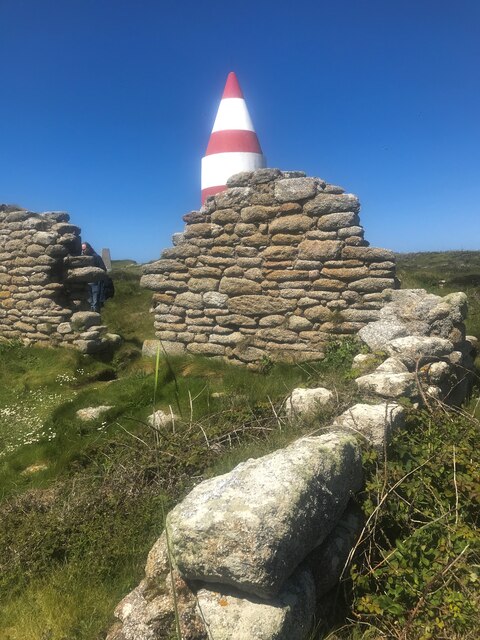
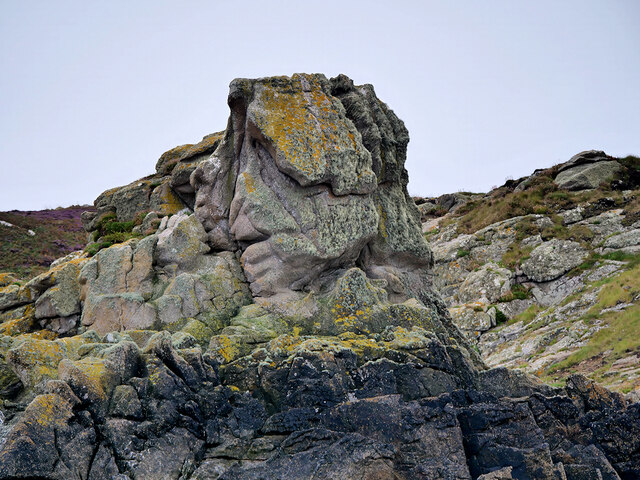
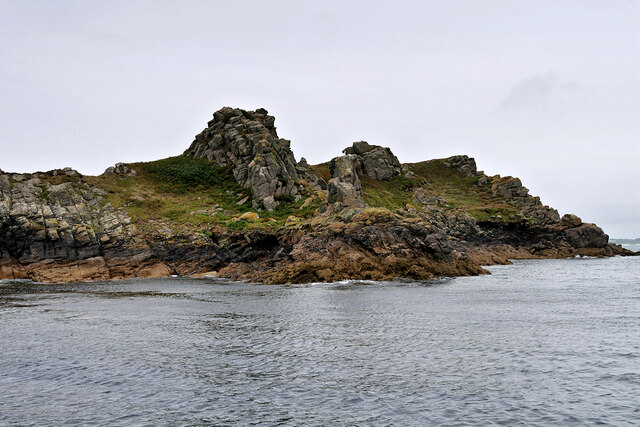
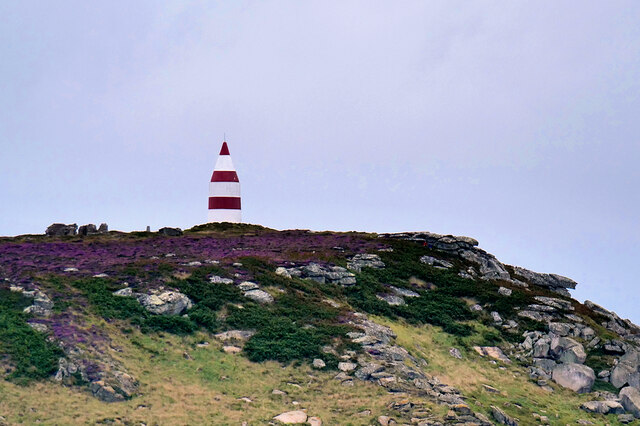
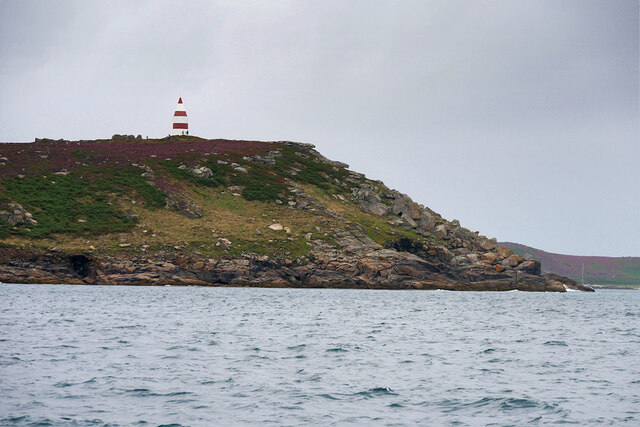
Popplestone Corner is located at Grid Ref: SV9316 (Lat: 49.965967, Lng: -6.2724908)
Division: Isles of Scilly
Unitary Authority: Isles of Scilly
Police Authority: Devon and Cornwall
What 3 Words
///theory.loitering.fortnight. Near St Martin's, Isles of Scilly
Nearby Locations
Related Wikis
St Martin's Church, St Martin's
St Martin's Church, St Martin's is a Grade II listed parish church in the Church of England located in St Martin's, Isles of Scilly, UK. == History... ==
Higher Town, Isles of Scilly
Higher Town (Cornish: Trewartha) is the easternmost and largest settlement on the island of St Martin's in the Isles of Scilly, England. It is situated...
St Martin's Methodist Church, Isles of Scilly
The Methodist Church, St Martin's, Isles of Scilly is a Grade II listed chapel in St Martin's, Isles of Scilly. == History == Bible Christians arrived...
St Martin's, Isles of Scilly
St Martin's (Cornish: Brechiek, lit. 'dappled island') is the northernmost populated island of the Isles of Scilly, England, United Kingdom. It has an...
PS Earl of Arran (1860)
PS Earl of Arran was a passenger vessel operated by the Ardrossan Steamboat Company from 1860 to 1871 and the West Cornwall Steam Ship Company from 1871...
Middle Town, St Martin's
Middle Town (Cornish: Tregres) is a small settlement on the island of St Martin's in the Isles of Scilly, England. It is situated slightly inland, approximately...
Great Ganilly
Great Ganilly ( gə-NIL-ee; Cornish: Goonhyli Veur, lit. 'great saltwater downs') is one of the Eastern Isles of the Isles of Scilly. It has a maximum total...
Eastern Isles
The Eastern Isles (Cornish: Enesow Goonhyli, islands of the salt water downs) are a group of twelve small uninhabited islands within the Isles of Scilly...
Nearby Amenities
Located within 500m of 49.965967,-6.2724908Have you been to Popplestone Corner?
Leave your review of Popplestone Corner below (or comments, questions and feedback).
